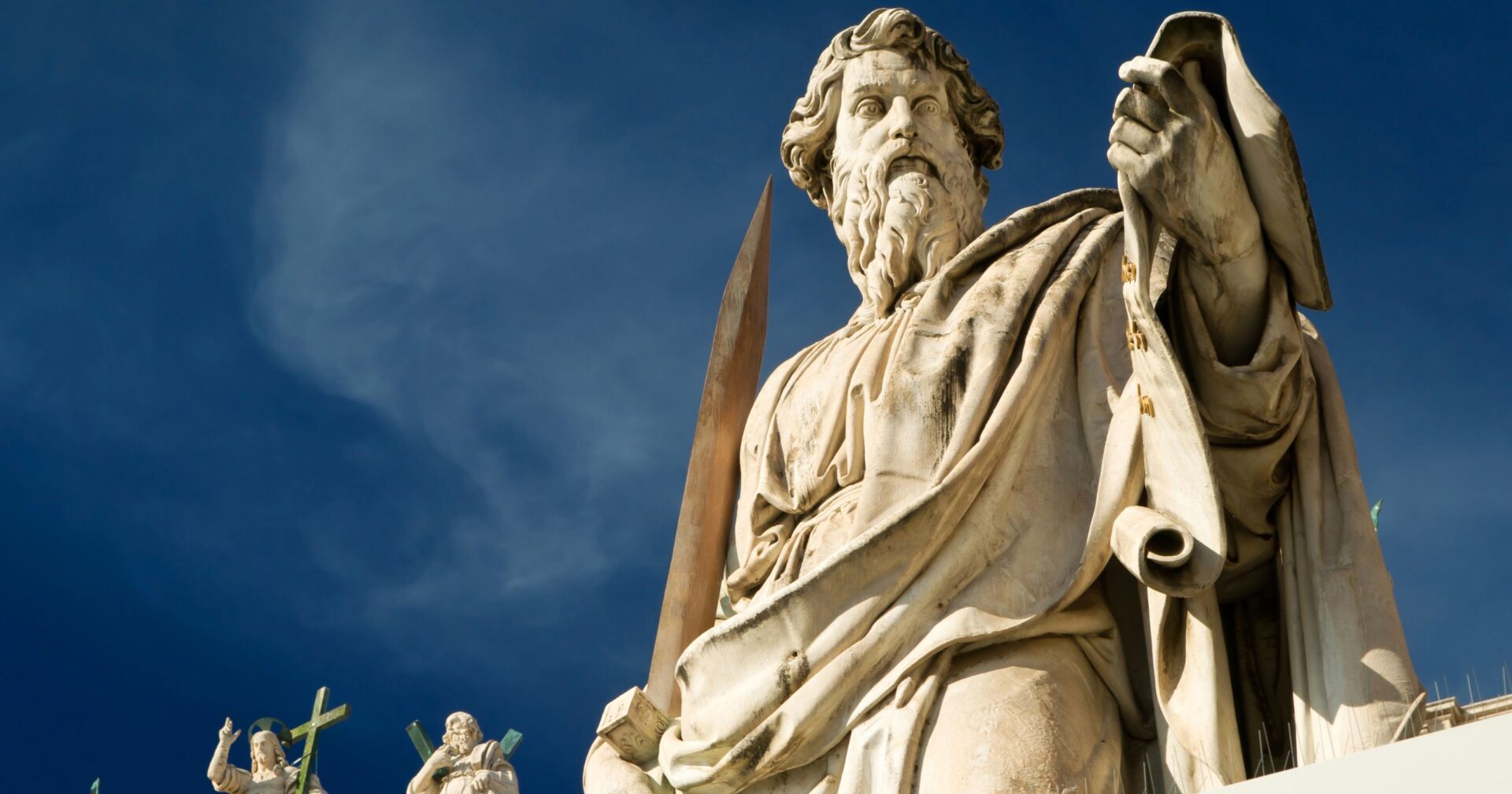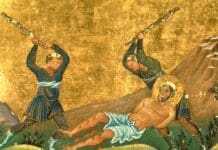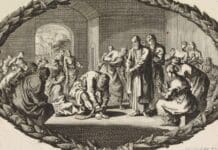Saint Padre Pio, Saint Francis of Assisi, Saint Catherine of Siena – all examples of the Church’s most famous stigmatics, an individual bearing wounds Christ suffered during his Crucifixion.
Saint Francis is considered the first ever recorded stigmatic, but could it be possible that Saint Paul was actually the first before him?
“From now on, let no one make troubles for me; for I bear the marks of Jesus on my body.” – Galatians 6:17
Arguing against “Judaizers” calling for outdated circumcision for new converts, Paul instead claims the “marks of Jesus” on his body mark him as “belonging to the Christ who suffered and will protect his own.”
Saint Paul’s main argument is that the Cross saves, not circumcision, and that those calling for circumcision are really doing so to avoid persecution for the sake of Christ.
“Those who want to make a good appearance in the flesh who are trying to compel you to have yourselves circumcised, only that they may not be persecuted for the cross of Christ.” – Galatians 6:12
In reality, the “marks of Jesus” he bore on his body were most likely wounds or scars from his beatings and imprisonments over his Faith.
The Greek word, stigma, simply means mark, spot, or brand. During Paul’s time, slaves were often branded by marks, stigmata, to show who they belonged to.
It’s more fair to say that the traditional meaning of stigmata was we know it today was born with Saint Francis of Assisi, and that Saint Paul was simply referring to a different form of stigmata.
While it’s possible that Saint Paul bore what we consider today to be the physical stigmata à la Padre Pio, tradition doesn’t hold the meaning of stigmata in Paul’s time to be the same as today.
Photo credit: Viacheslav Lopatin / Shutterstock.com


















It is interesting that St. Paul uses temporal or material events to explain the future actualization of a much greater spiritual reward, as those scriptural statements suggest. St. Paul even went further to use this mode of statement when he linked his performance on this earth to the actualization of a future glory in Heaven (see 2 Timothy 4:8). But then, the marks on his body and their interpretation as stigmata is arguable. Marks here may mean real wounds, scars or injuries he had received in course of his ministerial work. The marks may even be metaphor for those indications that distinguish a true Christian from an non-Christian. But that does not mean the marks may not be actual stigmata as we know today. But if this should be the case, I suppose that St. Paul, in his bid to push his apostolic work, would have been more specific and categorical to make his listeners key into St. Paul’s apostolic work, and so achieve the desired effect, especially among some of his listeners who, at a time in Paul’s ministry, called him ‘mad’, claiming that his learning had made him mad.
So, in summary, all these are arguable but until that is cleared one can say that St. Paul might not have been the first stigmata.
I never considered Saint Paul’s hands or his feet, which would have been roughened already, but always considered the ‘thorn’ in his side to mirror the side of Christ pierced with a lance, combined with the crown of thorns on Christ’s brow. Perpetual sacrifice sharpened his prayer to a nearly perfect point. Let us all deny ourselves, take up our custom-made crosses, and follow Him.